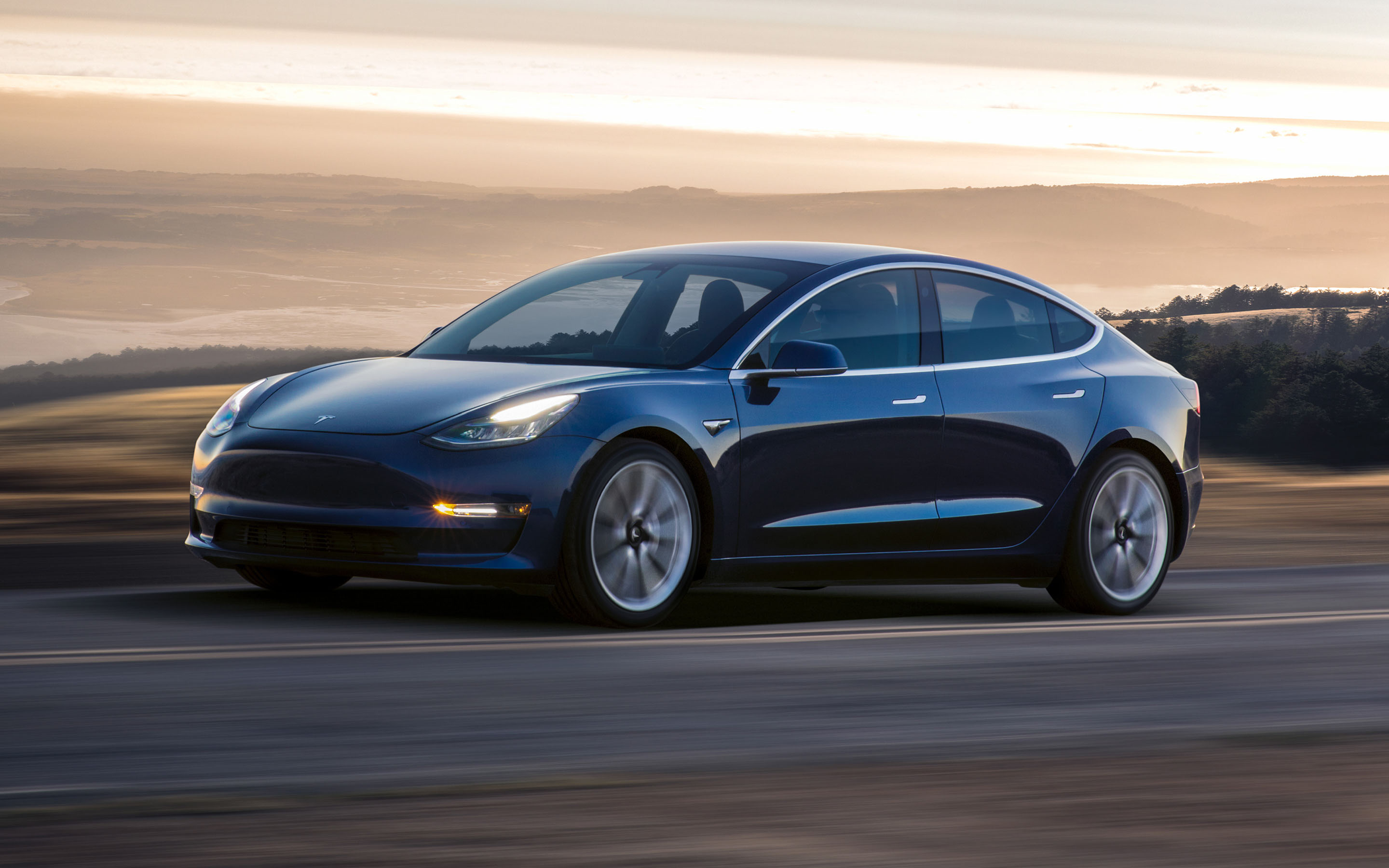Now that Tesla has achieved its target of building 5,000 Model 3s in a week, Tesla bears will have no choice but to steer the discussion towards how “Un-Sustainable” Tesla’s burst build rate will be in the future.
Burst build rates are not immediately sustainable; that’s why we use the term “burst build”. It’s the peak production capacity a manufacturer is able to achieve in a given time frame.
It is not sustainable immediately because companies achieve them by going into a over drive, squeezing every ounce of productivity that’s possible to achieve. Once achieved, companies can convert their short term burst build rate into a long term sustainable rate by increasing their production capacity even further.
That’s why Elon Musk keeps talking about reaching 6000 cars per week production goal instead of 5000 cars per week – to give Tesla’s production team some margin for error. The higher the peak production capacity, the easier it will be to sustain lower production levels.
It’s worth reading parts of Musk’s email, which was published by Jalopnik on April 18, 2018.
“Another set of upgrades starting in late May should be enough to unlock production capacity of 6000 Model 3 vehicles per week by the end of June. Please note that all areas of Tesla and our suppliers will be required to demonstrate a Model 3 capacity of ~6000/week by building 850 sets of car parts in 24 hours no later than June 30th.
The reason that the burst-build target rate is 6000 and not 5000 per week in June is that we cannot have a number with no margin for error across thousands of internally and externally produced parts and processes, amplified by a complex global logistics chain. Actual production will move as fast as the least lucky and least well-executed part of the entire Tesla production/supply chain system.
By having a Model 3 subsystem burst-build requirement of 6k by the end of June, we will lay the groundwork for achieving a steady 6k/week across the whole Model 3 system a few months later.” – Elon Musk
With so many moving parts within the production/supplier chain, it is important to keep your peak capacity way higher than your actual production target. This will allow the company to catch up to its target, even if it encounters an unforeseen downtime.
But the case Tesla bears are going to make is – It’s all part of Elon’s talk, he has missed his deadlines so many times before and he will do it again.
Unfortunately for the bears, Tesla has a proven history of converting their burst build rates into sustainable rates.
Tesla exited its 2017 fourth quarter with a peak model 3 production rate of 793 units/wk and went on to build 9,766 units in the following quarter (Q1-2018). An average of 751 units per week over 13 weeks.
Tesla reported peak model 3 production capacity of 2,020/wk in the first quarter of 2018. Even the bearish Goldman Analyst David Tamberrino is expecting Tesla to build nearly 22,000 units during the second quarter, at a weekly average of 1,692 units over a 13 week period.
“Goldman analyst David Tamberrino expects the company to report it delivered 22,000 units of its Model 3 mid-size electric sedan, which is up from his previous estimate of 19,000 cars, but still several thousand units below an analyst consensus of 28,000.” – CNBC
I published my Q2-18 Model 3 production estimates on June 21, 2018 and I am sticking to my numbers despite Tesla’s late flourish – 30,000 Model 3s for the quarter; average weekly production of 2,307 units (over a 13 week period).
Tesla has been there and done that – Turn its burst build rate into “sustainable rate”.



